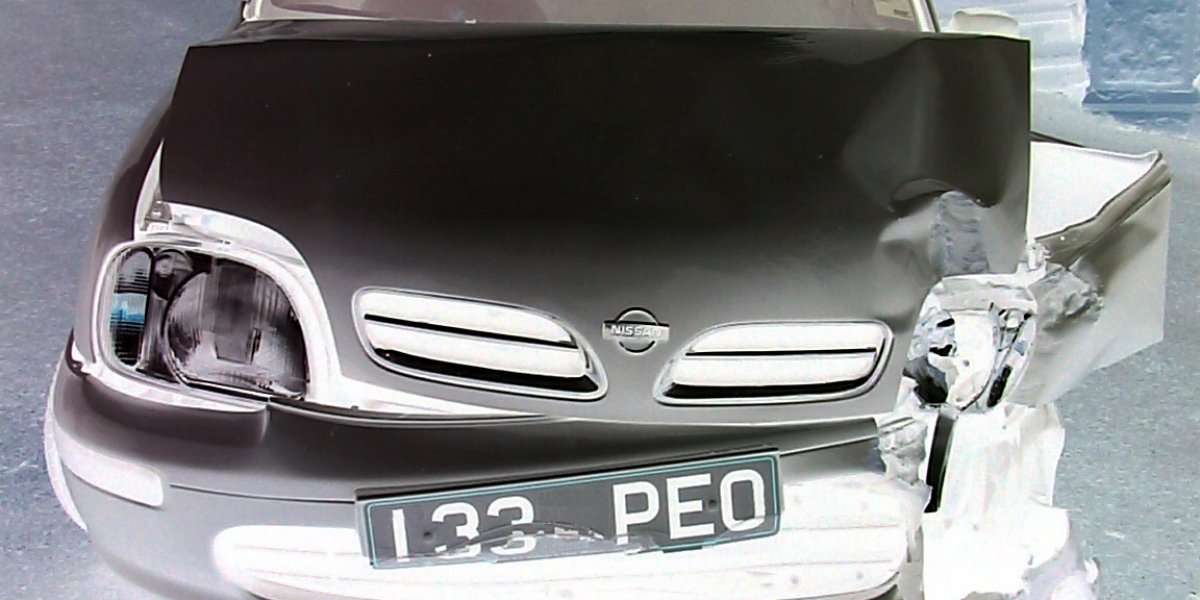Vinyl wrap owners usually fall into two categories: those who baby their vehicles and those who think they’re taking care of them—until water spots, swirl marks, or fading appear. After years in the detailing world, I’ve seen the same scenario play out dozens of times. A beautiful wrap goes dull long before its time, not because of poor installation, but because the owner assumed a wrap didn’t need protection.
This is where ceramic coating earns its reputation. When done correctly, it can extend the life, clarity, and shine of vinyl dramatically. Not as a miracle shield, but as a smart, long-term layer of defense.
Let’s break down how ceramic coating actually protects your wrap, why it boosts shine, and what you should know before deciding if it’s right for your vehicle.
Why Wrapped Vehicles Need Protection
Vinyl is more delicate than clear-coated paint. It’s porous, softer, and more likely to trap contaminants. Sun, grime, and washing habits all take a toll.
The most common problems I see on unprotected wraps include:
UV fading
Stains from bird droppings or sap
Hard water etching
Swirl marks left by improper washing
Loss of depth and gloss, especially on gloss vinyl
Washing alone won’t prevent those issues. Ceramic coating, however, changes how the surface interacts with the world.
How Ceramic Coating Works on Vinyl Wraps
Ceramic coatings are liquid polymers that bond to the surface and cure into a transparent, hydrophobic layer. While people often focus on the shine, the real value is protection.
1. UV Shielding
Ceramic coating acts like sunscreen for your wrap. UV rays are what cause vinyl to dull, lighten, or crack over time, especially in sunny climates. A coating slows that degradation so your wrap keeps its original color longer.
2. Hydrophobic Barrier
The hydrophobic effect is more than a party trick. When water beads and rolls off, it carries dirt with it. That means fewer pollutants stick to the wrap—and the ones that do are easier to remove without scrubbing.
3. Contaminant Resistance
Bird droppings, bug guts, tree sap, and road grime are all acidic or corrosive. On raw vinyl, they start biting in fast. A ceramic layer buys you time and prevents deep staining.
4. Smoother Surface = More Gloss
Even on vinyl, the coating fills microscopic texture, enhancing reflectivity. On gloss wrap, that means deeper shine. On matte wrap, it enhances richness while staying matte—not shiny.
A Quick Personal Observation
One mistake I see constantly: people using household cleaners on wrapped cars. They don’t realize they’re dulling the surface little by little. With ceramic-coated wraps, mild soap is enough, which keeps the finish healthier in the long run.
Does It Work on Matte Wraps?
Yes—just remember: ceramic coating on matte protects, it doesn’t gloss it up. Think of it as “matte preservation.” You retain that factory-flat look while improving resistance to fingerprints, stains, and UV fade.
Real-World Example
A client of mine wrapped his motorcycle tank in a deep metallic blue vinyl. After three months of daily riding, the tank already had light staining and water marks because fuel splashes and road grime sat on the surface. After redoing the wrap and applying ceramic coating, the difference was night and day. Cleanup took minutes, not an afternoon, and two years later the finish still looked fresh.
Pro Tips for Best Results
Here are a few insider suggestions I give clients:
Insider Tip #1: Wash before you touch.
If your wrap is dusty, don’t wipe it down dry. Rinsing first prevents swirl marks and micro-scratches—even on ceramic-coated surfaces.
Insider Tip #2: Use the “two-bucket method” for hand-washing.
One bucket for soap, one for rinsing your mitt. Simple, but it cuts down on swirls more than any fancy product.
Insider Tip #3: Choose a coating made for vinyl, not just paint.
Some ceramic coatings are too rigid for wraps. Vinyl-safe products stay flexible as the wrap expands and contracts with heat.
For proper application—and to avoid choosing the wrong product—many owners work with professional installers and detailers. According to detailing specialists in Long Beach at All Wraps, using vinyl-specific coatings can greatly improve longevity without risking surface distortion.
Maintenance After Ceramic Coating
Ceramic coating doesn’t mean “maintenance-free,” but it makes upkeep easier and safer.
Keep your wrap looking its best by:
Washing every 1–2 weeks
Avoiding automatic car washes with brushes
Using pH-neutral soap
Drying with a clean microfiber towel
Applying a ceramic “booster” every 4–6 months
These small habits go a long way.
Is Ceramic Coating Worth It for Wrapped Cars?
For most wrap owners, yes—especially if you daily drive your vehicle or park outside. Ceramic coating preserves your investment and keeps your ride looking the way it did on day one, with less scrubbing, fading, or fuss.
Think of it like buying a good phone case. The phone works without it, but you’ll wish you had protection when something happens.








